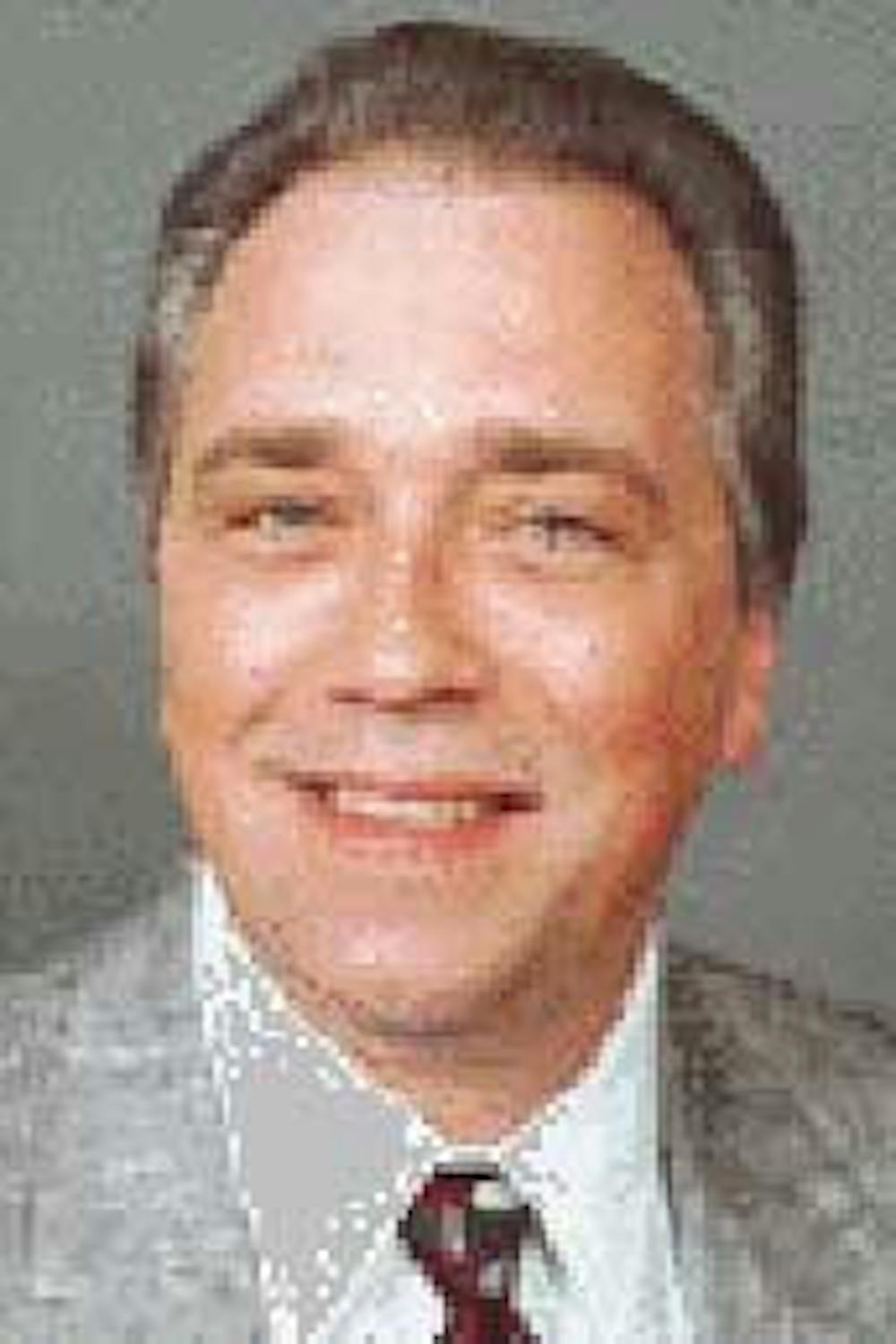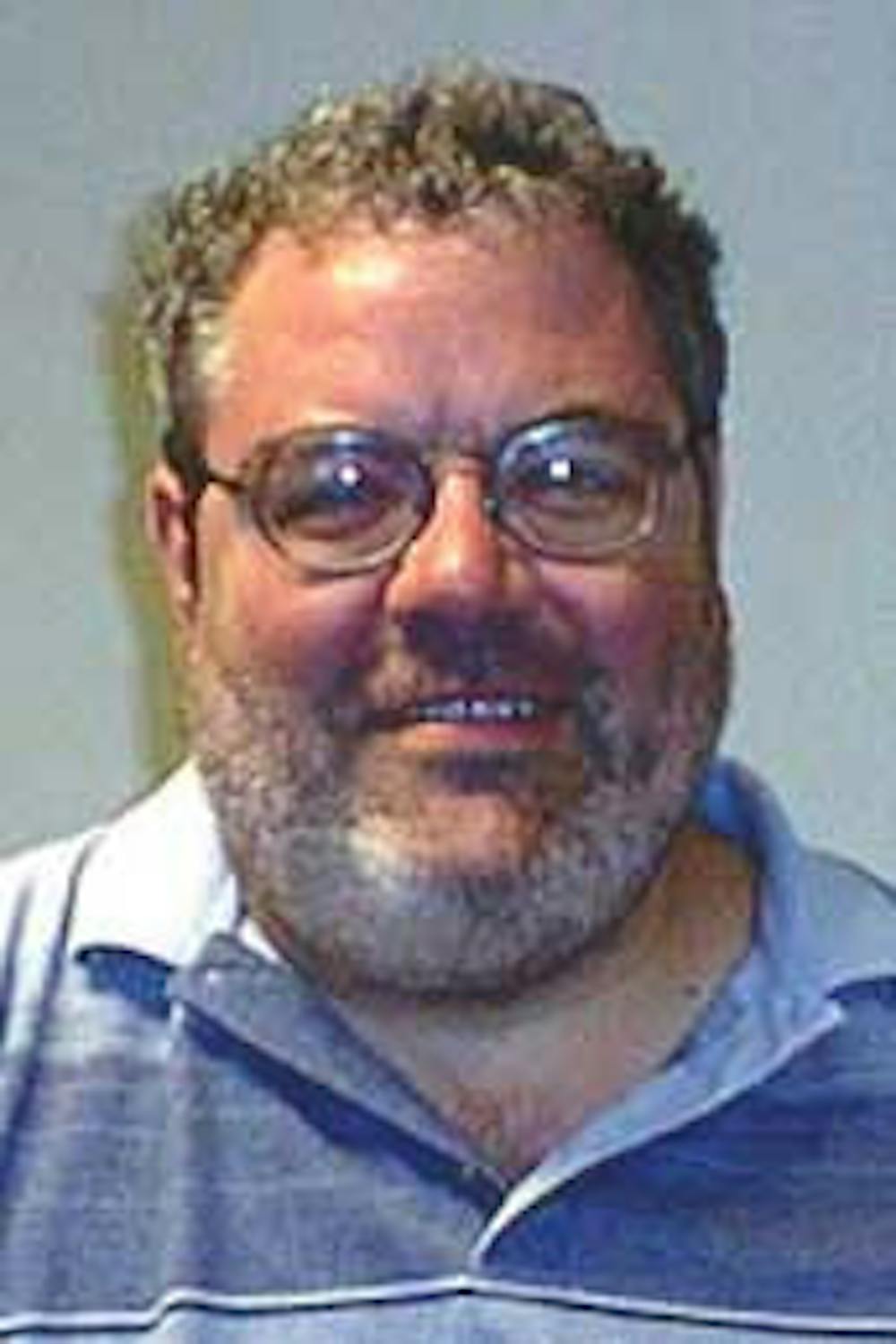ASU professors have created a new text analysis technology that helps calculate the impact of specific words in media coverage of the Sept. 11 attacks.
Steve Corman, associate professor in the Hugh Downs School of Human Communication, and Kevin Dooley, professor of industrial engineering and business management, created the network research formula.
Research with the technique, called the Centering Resonance Analysis, started six years ago and was most recently used to study the Reuters news service's use of the word "terrorist" in its wire articles after the Sept. 11 attacks.
The CRA studies the influence of words by observing how they relate to other words and how they contribute to a coherent sentence. Words are characterized as most influential when all or most of the other words in a sentence are positioned to explain them or their consequences.
The professors concentrated their research on Reuters' articles because the news service was recently criticized for its policy of restricting the use of the word "terrorist."
The policy tells reporters to avoid using the word unless it is in a direct quote or attributed to a third party.
The policy inspired members of the U.S. Congress and organizations including CNN, the Christian Science Monitor and the Wall Street Journal to complain that the newswire's coverage after Sept. 11 was inaccurate and unpatriotic.
After researching 672 articles from the 20 days following the attacks, Corman and Dooley said that even though Reuters restricted use of the word "terrorist" beginning on Sept. 13, it remained influential in its coverage.
Corman said that after the service sent a memo to its employees on Sept. 13, reminding them of the policy, use of the word decreased dramatically, but its influence was still strong.
"After Reuters sent the memo to their employees, we saw a drastic drop in the usage of the word 'terrorist' from 65 times a day to only 15," he said. "However, the word has an above average influence for the 20 days following the attacks. It is in the 95th percentile influence. Essentially what this means is even if you're not using a word it doesn't decrease it's influence."
Corman and Dooley said they do not know if Reuters knows about the study.
"We want to contact (Reuters) and talk to them about it. We also want to start looking at AP (The Associated Press) articles, but there are so many of their articles on the Web that we need to look at a way to narrow that down to research," Corman said.
Corman said the research was unique because it incorporates a study of the language surrounding powerful words, rather than just counting how many times the words are used.
"The thing that is different about this system is it doesn't use the frequency of the word like previous network analyses," he said. "There is an improvement on the network because we added linguistics and go through each sentence's subjects and nouns and apply the rules of the network to see their importance."
Reach Sandy Almendarez at salmend@imap2.asu.edu.





